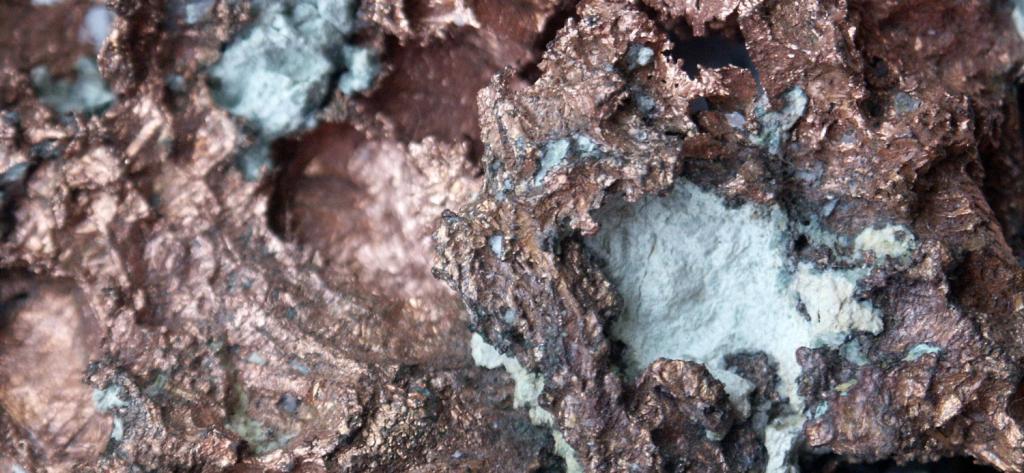Many countries, including the US, EU, China and India have announced ambitious targets of net-zero emissions by mid-century to meet the Paris 2015 Climate Change Agreement. Meeting these targets implies an important transformation of current energy systems replacing carbon-based fossil fuels by low CO2 emissions renewable energy sources. In a global scenario that meets the Paris Agreement goals, sales of electric cars are expected to rise 25-fold worldwide by 2040, and the deployment of solar and wind energy is expected to increase 3-fold by 2040.
Yet, there are increasing concerns about the future availability of specific critical materials — i.e. raw minerals, such as lithium, cobalt, nickel, rare earths but also processed materials and components — to produce electric vehicles, solar and wind technologies required for the energy transition. Clean technologies are much more mineral-intensive than fossil-based technologies — the production of an electric car requires for instance more than 200 kg of minerals per vehicle compared to 35 kg for a conventional car — and the demand for critical minerals is expected to quadruple by 2040.
There are growing risks and complexities related to the supply of these minerals caused by geopolitical aspects as the extraction and processing of these minerals tend to be concentrated in a small number of countries with a particular dominance of China and Russia in many markets. Countries with a large demand for critical minerals to feed their clean energy industry, such as the US, the EU and Japan, are thus largely dependent on a small group of suppliers and such dependency led to several trade disputes over the last decade.
Market power in resource markets is not new — OPEC being a well-known example — but the case of critical minerals is more complex with potential monopolistic strategic behaviour at multiple stages of production, namely upstream, downstream and in recycling markets. This new geopolitical landscape will have implications for global climate policy and will certainly be at the center stage of the upcoming COP negotiations in December. A key question in this debate is how technological innovation in recycling and finding substitutes for critical minerals can help align the extraction of minerals with climate goals.
These questions will be investigated into the new SNF research project “Critical minerals for the clean energy transition” (CHF 810’000, Joelle Noailly, International Economics) that started in October 2023. The project is a collaboration with Vrije Universiteit Amsterdam, the World Bank, Osaka University, among others.



